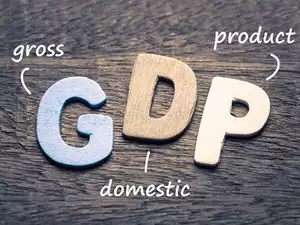
Points to ponder
The CBN thinks it is the right time to introduce pro growth policies, now there’s relative stability in Nigeria’s economy
On the 25th and 26th of March 2019, The Monetary Policy Committee (MPC) of the CBN met for its bi-monthly MPC meeting. The MPC decided to cut the MPR rate by 50bps to 13.5%, while maintaining other key rates. (CRR and liquidity ratio). The cut came as a surprise considering that the MPR had been unchanged for 33 months (it was increased to 14.0% from 12.0% in June 2016).
So why was it changed now? Why did the MPC make the cut?
The Committee felt that given the relative stability in the key macroeconomic variables (declining inflation, the continued stability in the foreign exchange market, the moderate improvement in oil prices and stable accretion to external reserves), there is the need to signal a new direction that is pro-growth. In the words of the CBN governor, “it is imperative that monetary policy should explore the next steps necessary for enhancing growth, reducing unemployment and diversifying the base of the economy”.
Need to Know
| Monetary policy | the process by which the monetary authority of a country, typically the central bank or currency board, controls either the cost of very short-term borrowing or the money supply |
| Monetary Policy Committee of the Central Bank | the Monetary Policy Committee (MPC) is a committee of the Central Bank of Nigeria (CBN), that meets for two days, six times a year, to decide the official interest rate in Nigeria. It is the opposite of contractionary monetary policy |
| Expansionary fiscal policy | when the government expands the money supply in the economy. It uses budgetary tools to either increase spending or cut taxes |
| Interest rate cut | this lowers the cost of borrowing, resulting in higher investment activity |
| MPR rate | The rate that is used by central bank to implement or signal its monetary policy stance. It is most commonly set by the MPC |
| Liquidity Ratio | Central Banks require deposit money banks (DMBs) to keep a minimum liquidity ratio that ensures that the banks are able to meet current liabilities and settle outstanding obligations as they fall due. |
| CRR | a specified minimum fraction of customer deposits required of deposit money banks to be held as reserves either in cash or with the central bank. |
| Policy signal | The policy signal provides public information about the Central Bank’s view on current inflation and the output gap to firms |
Source: Google
How is the growth of economy related to cutting the MPR?
The MPR is one of the tools of the Central Bank to manipulate the economy in the direction it wants it to go (it could be an expansionary and contractionary direction). You can look at the actions of monetary policy in two parts; on the one hand the CBN can work towards achieving its goals by stimulating local activity, on the other hand the CBN can set interest rates that can attract capital into the country.
To achieve its short term and long term goals, Nigeria’s economy needs to diversify by catalysing other sectors within the economy. The body language of the CBN suggests they feel it’s a good time to stimulate expansionary activities within the economy.
Some say the cut is nothing more than a parting gift from the outgoing CBN governor, Godwin Emefiele (whose 5-year tenure ends this summer). Others suggest the marginal rate cut will not have any effect on the Nigerian economy. Only time will tell if this move was a signal for the CBN’s intentions, or a stimulant to increase economic growth.

